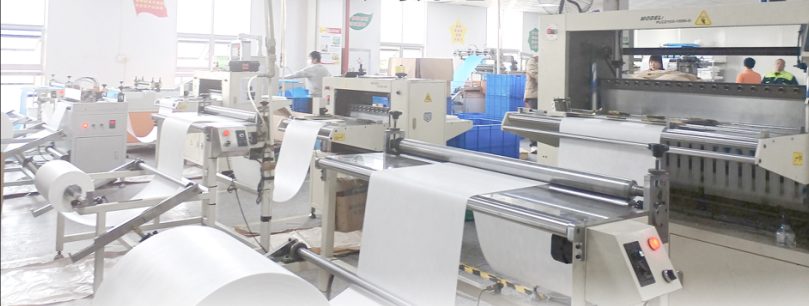
According to the analysis of the "2025 White Paper on the Air Purifier Filter Industry", the market size of air purifier filters will achieve a significant growth of 30% in 2025, mainly due to the following three driving factors:
1. Strong promotion of policies and environmental regulations
Global air quality governance upgrade: Governments around the world have included air pollution control in their core agenda. For example, China's 14th Five Year Plan explicitly requires a 10% reduction in PM2.5 concentration, and the EU's Clean Air Plan strengthens indoor and outdoor air quality standards, forcing households and businesses to accelerate the popularization of air purification equipment.
Standardization process in the filter industry: In 2024, the "International Certification Standard for High Efficiency Air Filters" was introduced to promote the upgrading of traditional filters to HEPA H13/H14 levels, and to shorten the mandatory replacement cycle (such as from 12 months to 6-8 months), directly stimulating replacement demand.
Subsidies and tax incentives: Some countries (such as South Korea and Germany) provide 20% -30% subsidies for the purchase of high-efficiency purification equipment, and companies can deduct carbon emissions tax from the purchase of filters, forming a policy dividend.
2. Technological iteration and product innovation
-Breakthrough in Composite Filter Technology: In 2025, mainstream manufacturers launched a "four in one" filter (HEPA+activated carbon+photocatalyst+antibacterial layer), which increased filtration efficiency to 99.97%, extended lifespan by 50%, and reduced single use costs by 35%, driving consumers from "passive replacement" to "active upgrade".
-Integration of Intelligence and the Internet of Things: Smart filters equipped with sensors (such as Xiaomi and Philips' Wi Fi network filters) can monitor pollutants in real time and remind users to replace them, increasing the repurchase rate by 40%. According to the white paper data, the penetration rate of intelligent filters will reach 58% by 2025, becoming the main driver of growth.
-* * Cost reduction of new materials * *: The mature mass production technology of nanofiber filter materials (with a cost reduction of 60% compared to 2020) has lowered the price of high-end filters to the mass market, leading to a surge in demand in emerging markets such as Southeast Asia and South America.
3. Structural upgrading of health consumption awareness
Health Needs in the Post Pandemic Era: A WHO report shows that over 70% of global consumers prioritize "indoor air quality" as their primary indicator of household health. By 2025, the household penetration rate of air purifiers in the Asia Pacific region will reach 42% (doubling from 2020), and the annual frequency of filter replacement will increase from 1.2 times to 1.8 times.
The demand for emerging scenarios is exploding: new energy vehicles (such as Tesla and BYD) come standard with in car air purification systems, and the market for filters for high-speed vehicles is increasing by 45% annually; Medical and educational institutions are required to install purification equipment, and the demand for commercial filters has increased to 30%.
Middle class expansion and consumption upgrading: The global middle class population has exceeded 4.5 billion (McKinsey data), of which 60% are willing to pay a premium for "health appliances". For example, the Indian filter market has achieved 80% annual growth due to the rise of the middle class, becoming a global growth pole.
Future outlook: With the deepening of carbon neutrality goals and the normalization of respiratory disease prevention and control, the filter industry will transform towards "green materials" (biodegradable filters are expected to account for 30% by 2027) and "subscription based services" (such as Amazon's monthly delivery model for filters), continuously unleashing growth potential.

